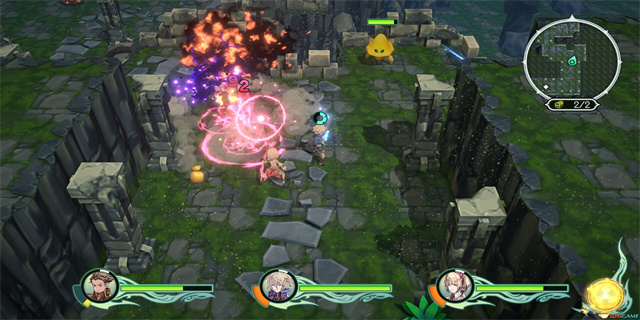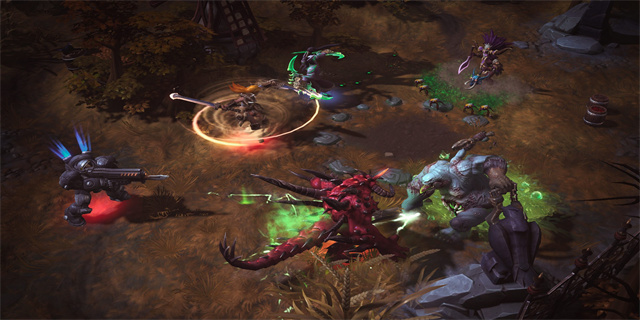Thumbs.db: An Introduction
Thumbs.db is a hidden file that is automatically created by Windows operating systems. This file is used to cache thumbnail images of the files and folders in a particular directory. Thumbs.db files are often found in Windows Explorer when viewing folders containing images or videos. In this article, we will explore the purpose of Thumbs.db, its advantages and disadvantages, and how to manage and disable it if necessary.
The Purpose of Thumbs.db
Thumbs.db is created by Windows to improve the performance of thumbnail generation and display. When a folder contains a large number of media files such as images or videos, Windows would normally have to generate thumbnails for each file every time the folder is viewed. This process can be slow and resource-intensive, especially for folders with numerous files.

Thumbs.db solves this issue by storing the thumbnail images in a hidden database file within the folder itself. When a folder is opened, Windows checks if a Thumbs.db file exists. If it does, Windows loads the thumbnail images from the database file instead of generating them again. This significantly speeds up the process of displaying thumbnails, as the images are readily available from the Thumbs.db file.
Advantages of Thumbs.db
The use of Thumbs.db offers several advantages. Firstly, it enhances the overall performance and responsiveness of the Windows operating system. By caching thumbnail images, Windows can quickly display them without the need for time-consuming thumbnail generation.

Secondly, Thumbs.db improves the user experience when working with folders that contain large numbers of media files. It allows for a seamless browsing experience by instantly showing thumbnail previews, which makes it easier for users to identify and select the files they are looking for.
Lastly, Thumbs.db can be beneficial for network environments. When multiple users access the same network folder, each user's computer can utilize the Thumbs.db file, reducing network traffic and optimizing performance.
Disadvantages of Thumbs.db
While Thumbs.db provides several advantages, it is not without its drawbacks. One issue is that the Thumbs.db file can occupy a significant amount of disk space, especially in folders with a large number of media files. This can be a concern for users with limited storage capacity on their computers.
Another drawback is privacy. Thumbs.db stores thumbnail images, which can potentially reveal the content of files even when the files themselves are not accessible. This can be a concern when sharing folders containing private or sensitive information.
In rare cases, Thumbs.db files may become corrupted or cause conflicts, leading to issues with thumbnail generation or folder access. This can require troubleshooting and manual deletion of the Thumbs.db file to resolve the problem.
Managing and Disabling Thumbs.db
If you encounter any issues related to Thumbs.db or want to manage its behavior, there are ways to handle it. To delete the Thumbs.db file in a specific folder, you can simply enable the option to view hidden files and folders in Windows Explorer, navigate to the folder containing the Thumbs.db file, and delete it like any other file.
If you wish to disable the creation of Thumbs.db files altogether, you can modify the folder options in Windows. Open Windows Explorer, go to \"Tools\" > \"Folder Options\" > \"View\" tab, and then check the option \"Always show icons, never thumbnails.\" This will prevent Windows from creating Thumbs.db files.
Alternatively, there are third-party software and registry tweaks available that can disable Thumbs.db creation system-wide. However, it is recommended to exercise caution when modifying the Windows registry and to create a backup of the registry before making any changes.
Conclusion
Thumbs.db plays a crucial role in enhancing the performance of thumbnail generation and display in Windows. It offers advantages such as improved system responsiveness and a seamless browsing experience. However, the file's size and potential privacy concerns should be taken into consideration. Users have the option to manage or disable Thumbs.db based on their preferences and requirements, and various methods are available to accomplish this.

















